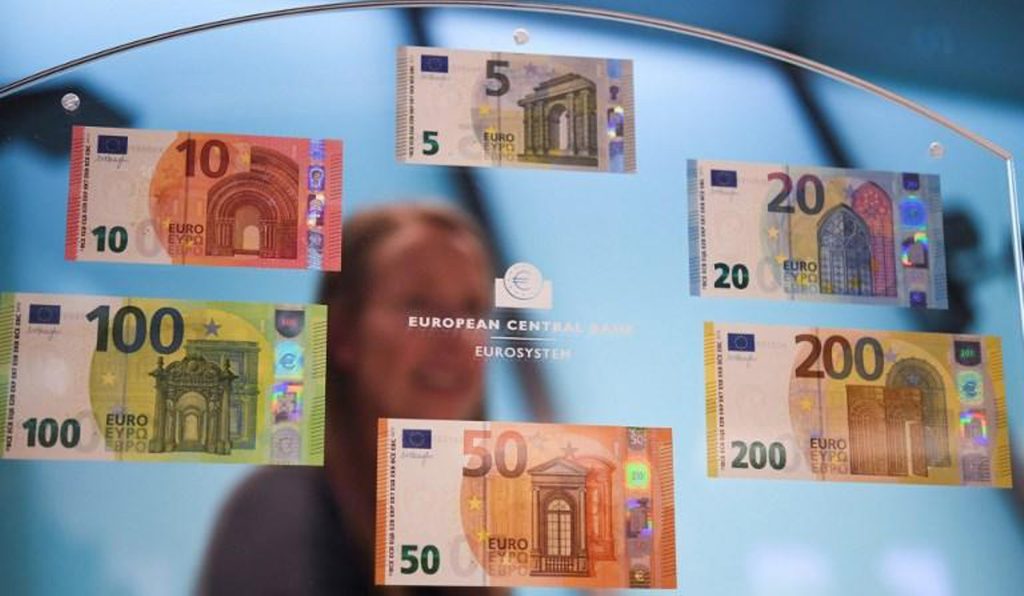Europeans have been invited to give feedback on themes for the new euro notes which are expected to enter circulation by 2029.
The first euro notes were introduced in early 2002. They have since been revamped to be more hygienic and wear-resistant but the design, depicting non-existent architectural structures, remained unchanged. The European Central Bank (ECB) is now working on a completely new design, it announced on Monday.
"After 20 years it is time to adapt the look of our banknotes to ensure that Europeans of all ages and backgrounds better recognise them," said ECB president Christine Lagarde.
"There is a strong link between our single currency and our shared European identity, and our new series of banknotes should emphasise this."
Lagarde explained that the ECB wants European citizens to identify with the design of euro banknotes, which is it calls on EU residents of all Member States.
An advisory group compiled a list of seven possible themes: birds as a symbol of freedom of movement; Europe’s cultural heritage; European values (human dignity, freedom, democracy, equality, the rule of law and human rights) reflected in nature; ideas and innovations that determine Europe’s future; hands connecting people and Europe’s rivers.
Residents can complete a survey on the themes from 10 July until 31 August 2023. An independent research company will ask a representative sample of people in the eurozone the same questions to "ensure opinions from across the euro area are equally represented."
Related News
- Belgian banks charging hidden fees for cross-border payments
- Rise in digital payments in Belgium raises questions over future of cash
Based on the outcome of the surveys the ECB will select the theme for the next generation of banknotes by 2024. This will be followed by a design competition, with EU residents again asked for their views on the submissions. A final decision on the design is expected in 2026.
This new series of "high-tech banknotes" will be more difficult to counterfeit and will have a lower environmental impact while ensuring that cash payments remain possible.

